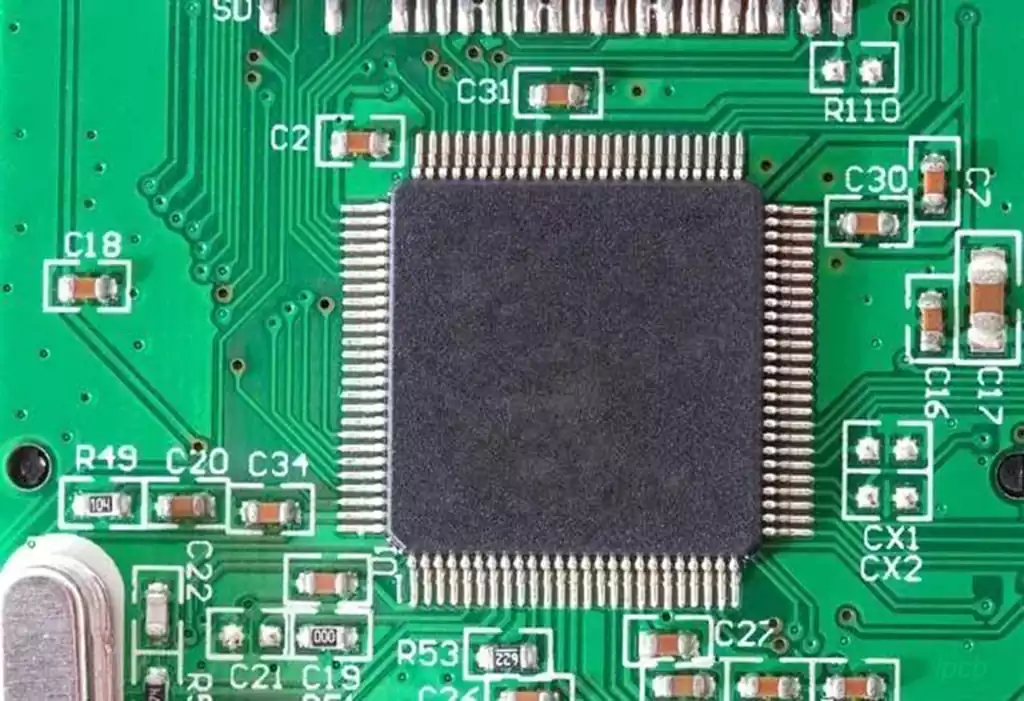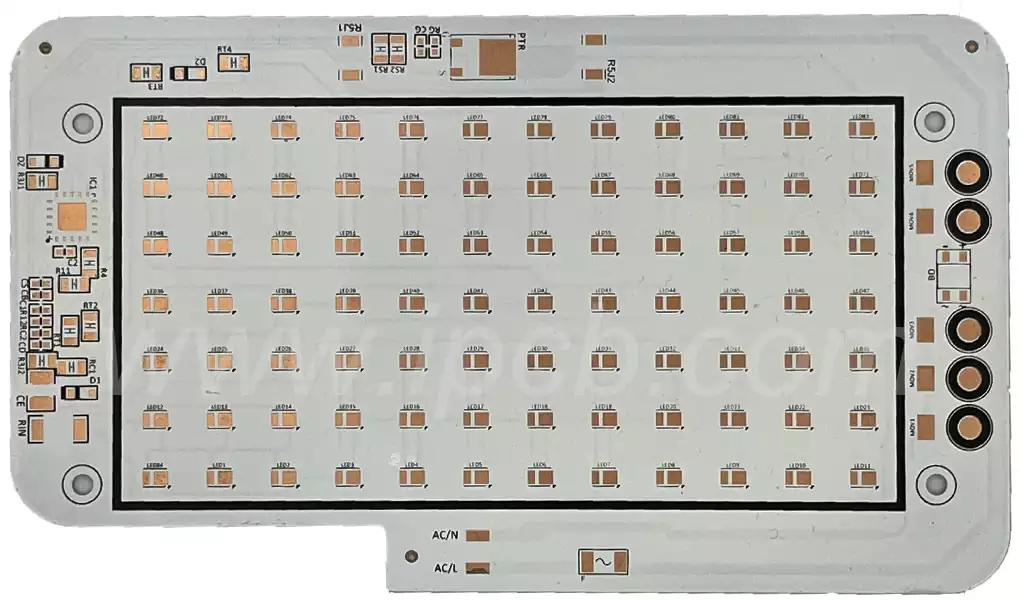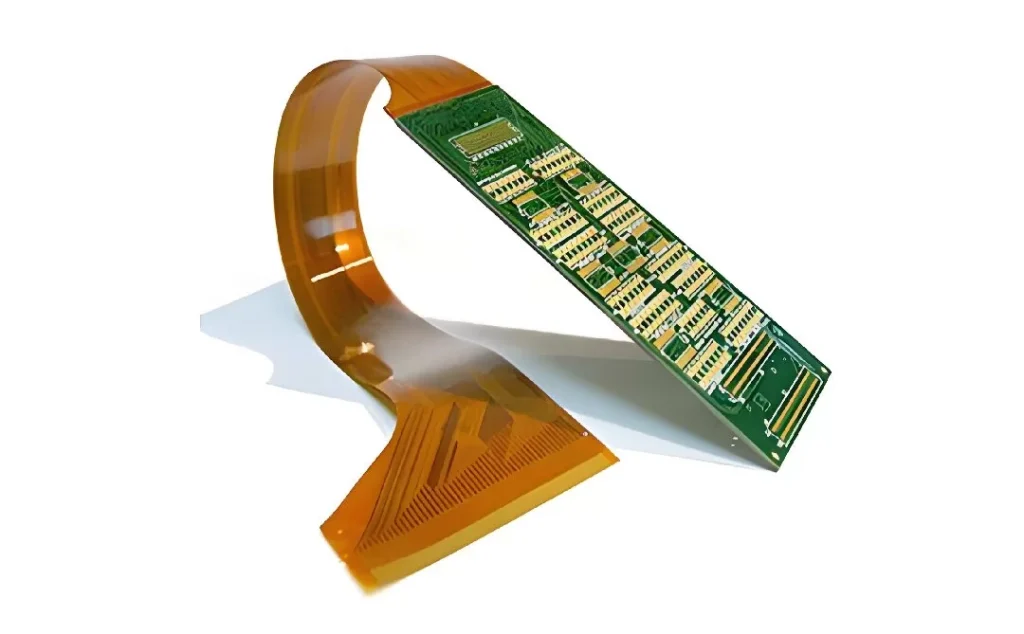What is electronic design? It refers to the process of utilizing electronic technology and electronic components to carry out a series of work such as system design, circuit design, etc. It is a key link in realizing electronic products.
The process of electronic design includes the following steps:
Determination of design objectives: Define the purpose and requirements of the design, conduct demand analysis, and market research.
Schematic design: Based on the requirement analysis, design the circuit schematic, including selecting suitable components and determining the connection relationship between them.
Circuit Simulation and Optimization: Use simulation software to simulate the circuit schematic, verify the performance and function of the circuit, and make necessary optimizations.
PCB Design: Convert the circuit schematic into a PCB diagram, and perform layout and wiring design to ensure the manufacturability and reliability of the board.
Component Procurement and Preparation: According to the schematic diagram and PCB design, procure the required components, and carry out the necessary testing and preparation.
Circuit Soldering and Debugging: Solder the components onto the PCB, and perform circuit debugging and testing to ensure that the function and performance of the circuit meet the requirements.
Sample production and testing: produce samples and conduct comprehensive testing, including functional testing, performance testing, reliability, and environmental adaptability testing.
Design Summary and Documentation: Summarize the whole design process and prepare the corresponding technical documents and user manuals.
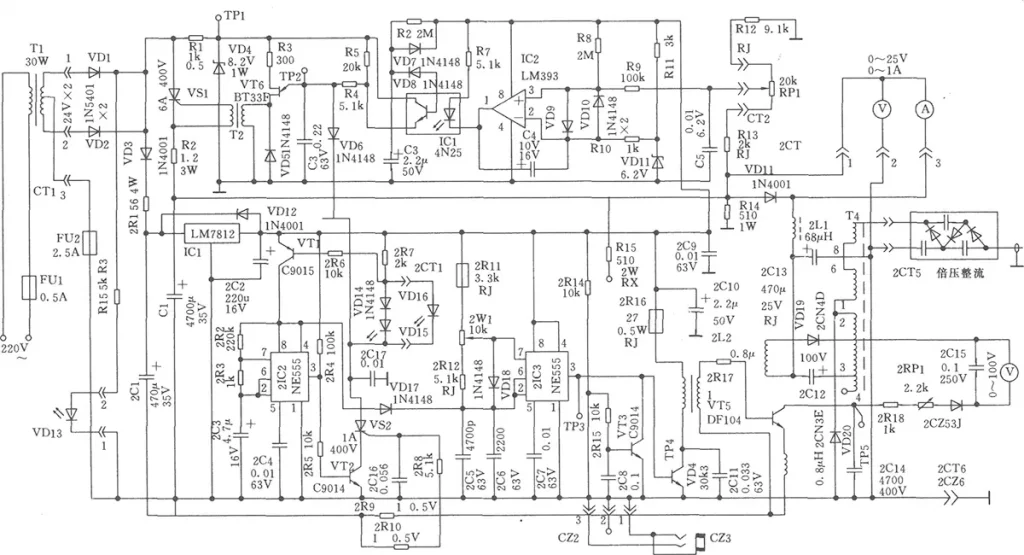
EMC design is a very important part of electronic design. The goal of EMC design is to ensure that electronic equipment works properly in complex electromagnetic environments while minimizing interference with other equipment. EMC design should be considered in the following aspects when performing electronic design:
Overall consideration of EMC: In the early stage of electronic design, the requirements of EMC should be fully considered as an important design index. EMC requirements should be fully considered in circuit design, PCB design, component layout, etc. to ensure the electromagnetic compatibility of the whole system.
Selection of suitable components and materials: Selecting components and materials with low noise, low radiation, and high anti-interference can effectively reduce interference and improve the anti-interference capability of the equipment.
Grounding design: The correct grounding method can effectively reduce ground impedance and voltage fluctuation, thus reducing electromagnetic interference. To choose the appropriate grounding method and ground width, while paying attention to the continuity and stability of the ground.
Power supply design: The power supply is one of the main sources of electromagnetic interference. Choose the appropriate power supply filters, capacitors, and other components to reduce the noise and interference on the power line. At the same time, attention should be paid to the layout and wiring of the power supply to avoid the power supply and signal line cross and interference.
Signal line design: the signal line is an important channel for transmitting signals, and it is also the part that is most susceptible to interference. Reasonable selection of shielded cable, twisted pair, differential signal lines, and other materials, and try to reduce the length of the signal line and the alignment of the curvature. At the same time to avoids the cross and interference between the signal lines.
Component layout: the layout of the components has a great impact on the EMC performance. To minimize the distance between the components, the interference components and sensitive components to isolated, and try to arrange components in the same direction. At the same time, pay attention to the layout and wiring of the PCB to avoid electromagnetic interference between components.
Filter design: filters can effectively suppress electromagnetic interference. To reasonably select the filter circuit and components, such as capacitors, inductors, diodes, etc., to reduce the noise and interference on the signal line. At the same time, attention should be paid to the layout and installation of the filter to ensure its normal operation.
Cable design: cable is a bridge connecting electronic equipment and the external environment, but also the most vulnerable to interference. To reasonably select a shielded cable, sheath cable, and other materials, and minimize the length and curvature of the cable. At the same time, we should pay attention to the cable grounding and protective measures to reduce the impact of electromagnetic interference.
Shielding design: shielding can effectively inhibit the spread of electromagnetic interference. To reasonably select the metal cover, conductive materials, and other shielding materials, the source of interference with the outside world to isolate, while paying attention to the handling of gaps and ventilation holes.
Testing and verification: After the completion of the electronic design, comprehensive testing and verification should be carried out, including electromagnetic radiation testing, electromagnetic immunity testing, conducted nuisance testing, etc., to ensure the reliability and stability of the design.
Electronic design has a wide range of application areas, including but not limited to the following:
Communication field: such as mobile communication, satellite communication, optical communication, network communication, etc.
Computer hardware: such as motherboards, graphics cards, memory, power supplies, etc.
Industrial control: the design and manufacture of various sensors, controllers and actuators require the support of electronic design.
Automotive electronics: various sensors, controllers and actuators used in automobiles require electronic design support, such as ABS anti-lock system, engine control system, etc.
Medical electronics: the design and manufacture of medical equipment, such as electrocardiographs, ultrasound diagnostic instruments, etc.
Aerospace: Various electronic devices and control systems in the aerospace field also require electronic design support.
Smart Home: Various devices in the smart home, such as smart lighting, smart security, etc.
Consumer electronics: various electronic products such as cell phones, TVs, stereos, etc.
Internet of Things (IoT): various devices and systems in IoT, such as smart meters, smart logistics, etc.
Energy field: new energy power generation, smart grid and other applications.
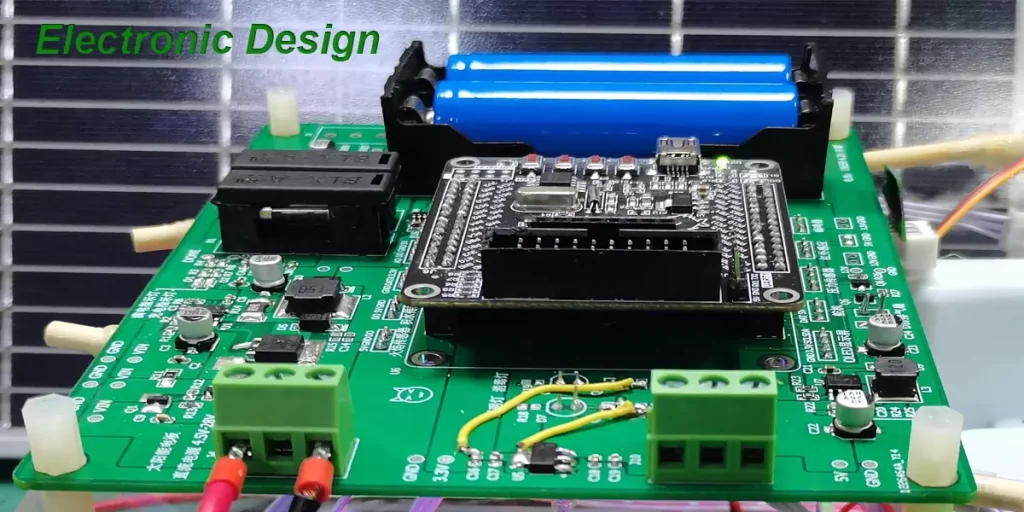
Electronic design has a wide range of application areas, including but not limited to the following:
Communication field: such as mobile communication, satellite communication, optical communication, network communication, etc.
Computer hardware: such as motherboards, graphics cards, memory, power supplies, etc.
Industrial control: the design and manufacture of various sensors, controllers, and actuators require the support of electronic design.
Automotive electronics: various sensors, controllers, and actuators used in automobiles require electronic design support, such as ABS anti-lock system, engine control system, etc.
Medical electronics: the design and manufacture of medical equipment, such as electrocardiographs, ultrasound diagnostic instruments, etc.
Aerospace: Various electronic devices and control systems in the aerospace field also require electronic design support.
Smart Home: Various devices in the smart home, such as smart lighting, smart security, etc.
Consumer electronics: various electronic products such as cell phones, TVs, stereos, etc.
Internet of Things (IoT): various devices and systems in IoT, such as smart meters, smart logistics, etc.
Energy field: new energy power generation, smart grid, and other applications.
Electronic design is required for a wide range of applications, such as cell phones, computers, TVs, automobiles, medical devices, industrial controls, and other fields..

